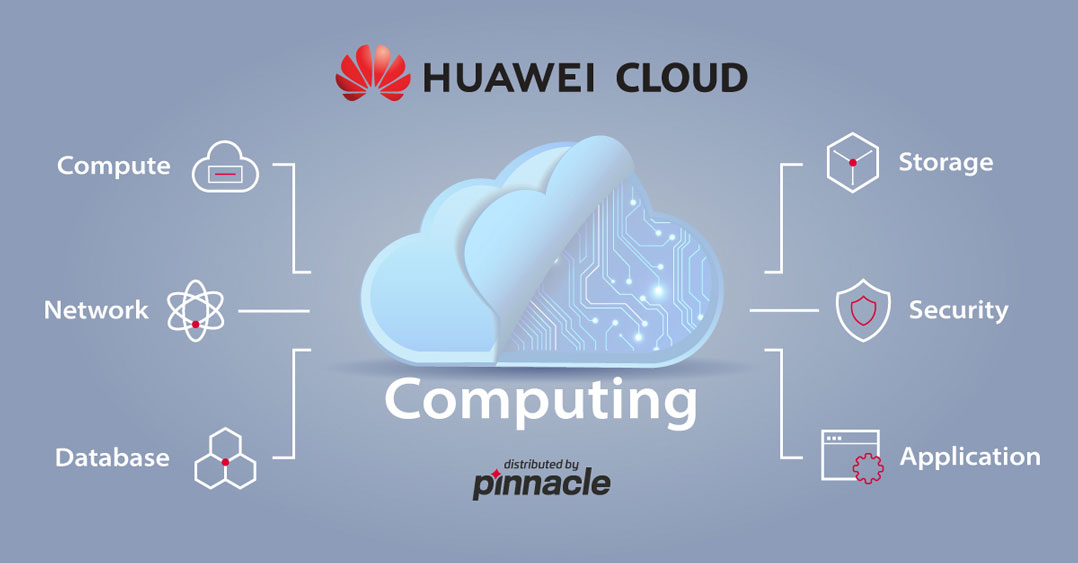 Cloud migration can often be a daunting task, especially when the concept is still relatively new to many users.
Cloud migration can often be a daunting task, especially when the concept is still relatively new to many users.
“Companies like Pinnacle ICT and Huawei Cloud exist to guide you through the process of migrating your data to the cloud. We are fully aware how overwhelming it can be to assesses which practice is best suited to your organisation and that is why our teams are here to simplify the transition,” says Stefan van Niekerk, Huawei product manager of server, storage and cloud at Pinnacle ICT.
Looking at conventional Object Storage Service (OBS) scenarios, there are a few practices users can make use of to build their storage services based on their business’s needs:
- Migrating local data to OBS: With traditional on-premises storage servers not having the capability to meet the demand for massive amounts of data, OBS is able to provide suitable, stable and secure cloud storage capabilities with storage capacity that can expand infinitely.
- Migrating data from third-party cloud service vendors to OBS: The problem with data being stored on third-party cloud vendors is the time-consuming process of having to download large amounts of data to a local server and only then upload the data to OBS. Huawei Cloud cuts out the middleman by making use of OMS and CDM migration services, allowing users to configure connection parameters and migration tasks to the console. From there you can seamlessly migrate your data directly from the third-party cloud service providers to OBS.
- Using backup software to back up local data to OBS: Traditional backup and restoration solutions leave room for hardware, performance and human error. Through utilising OBS, data redundancy and consistency check functions ensure that the data stored on OBS is clean.
- Migrating data between OBS buckets: By making use of Object Storage Migration Service (OMS), users can migrate OBS data across accounts or regions by specifying the source and destination OBS data information on the console. Once this is done, a migration task or migration task group can be created.
- Using a user-defined domain name to host a static website: OBS allows users to access static websites using custom-built domain names by creating a bucket on OBS Console. This process involves storing static website resources, enabling static website hosting for the bucket, and lastly binding the custom-built domain to the newly created bucket.
- Verifying data consistency: There are various inconsistencies that can occur when uploading and downloading data. OBS eliminates inconsistencies by calculating the MD5 value when data is uploaded. This process needs to be enabled beforehand.
Although the above scratches only the surface of cloud migration, it is important for organisations to realise that cloud is the way forward and the longer they wait to transition, the harder the decision will become.
Take the leap and commence your cloud migration journey today by contacting Stefan van Niekerk via e-mail on [email protected] or by calling him on 011 265 3026.
- This promoted content was paid for by the party concerned




